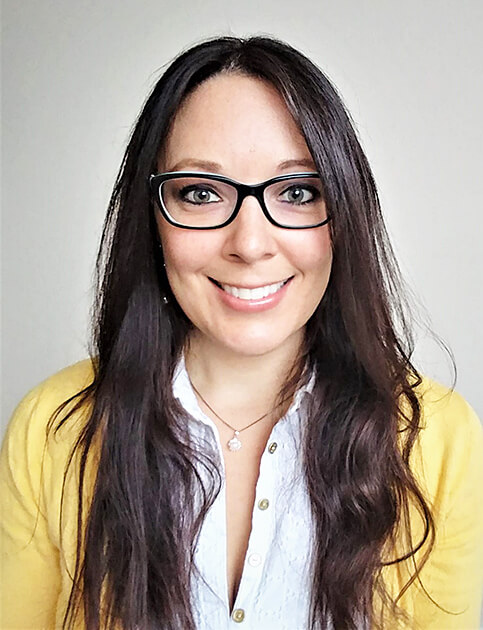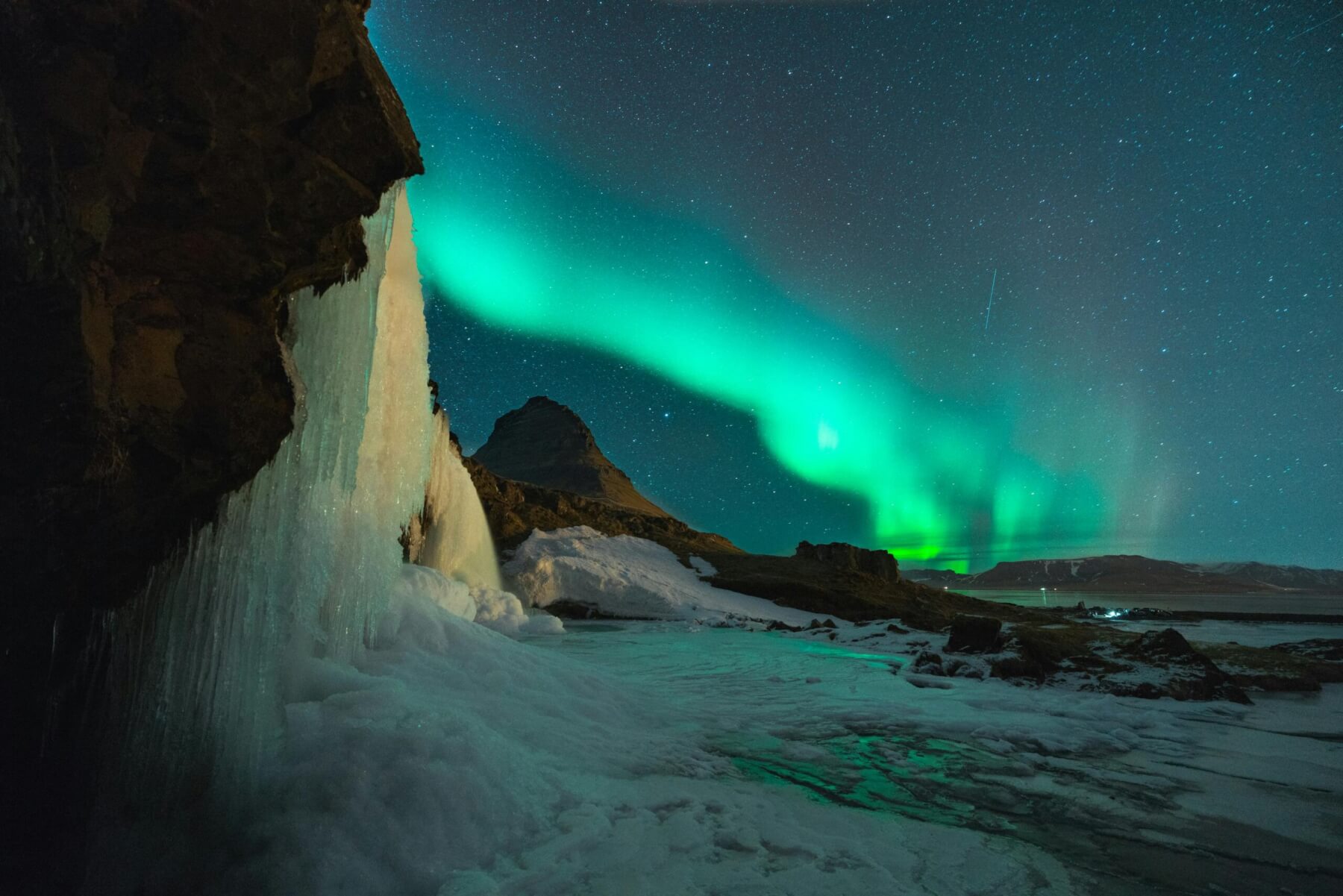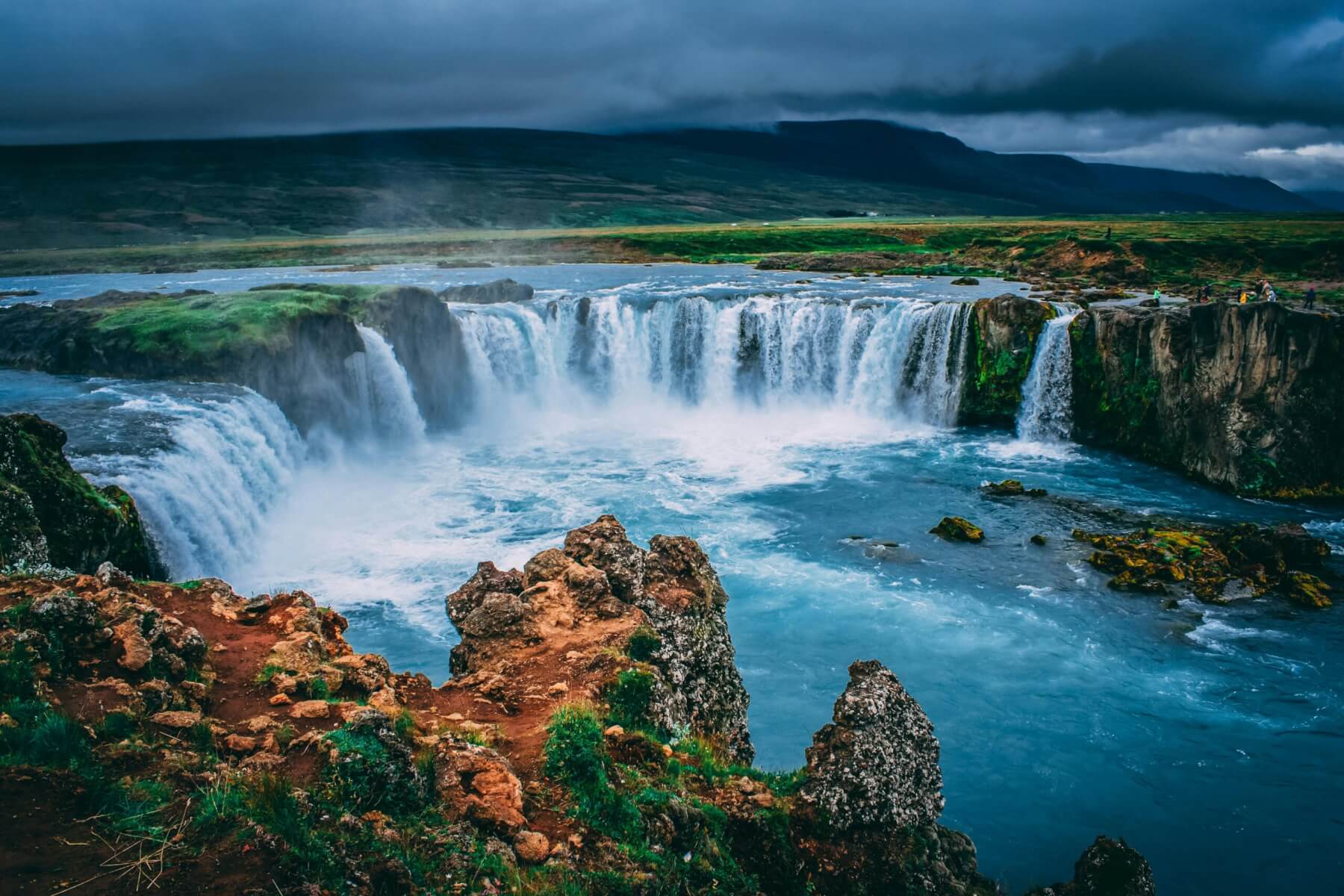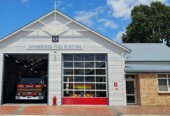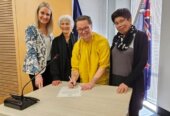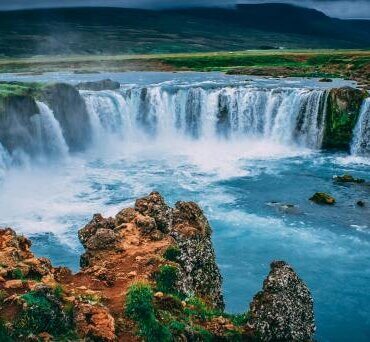
Photo: Rudy Kirchner. pexels.com
I’ve been thinking about the vast, interconnected processes that shape our world. As a geoscientist – someone who studies the Earth – I work across scales that range from thousands of kilometres down to microscopic levels requiring a microscope to see. Even relatively small volcanic events can have catastrophic effects for us, but they pale in comparison to the immense forces that drive volcanic activity in the first place.
In relatively recent times it has been well-established that the Earth’s outer crust is made up of tectonic plates that slowly shift over time.
These plates interact in different ways: some are forced beneath others in subduction zones, some grind past each other along transform boundaries, and others pull apart at divergence zones. Come back in a million years or so and our regions will look quite different.
Here in the North Island, we sit near the Hikurangi Subduction Zone, where the Pacific Plate is pushed beneath the Australian Plate. The Pacific Plate—Earth’s largest tectonic plate—is surrounded by a network of active zones forming the infamous Pacific Ring of Fire. The South Island lies along a transform boundary, and further south, the pattern reverses, with the Australian Plate subducting beneath the Pacific Plate. Our region is geologically dynamic, to say the least.
One tectonic feature we don’t have in our neck of the woods is a divergence zone, where plates spread apart, creating new land. Some of the most well-known examples include the Mid-Atlantic Ridge and the East Pacific Rise. There’s also the East African Rift Valley, often making headlines with claims that Africa is “splitting apart” – though this process has been happening for 25 to 30 million years at about the same rate as our fingernails grow.
One place where a spreading ridge reaches the surface is Iceland. Most of these ridges are hidden beneath the ocean, leaving much to be explored. These vast regions are where new oceanic crust is formed, giving rise to impressive fault systems, deep valleys, and volcanic activity that shapes the seafloor. The salt deposits I mentioned last week can flow across these zones, adding another layer to their complexity. A great example of this is the Red Sea Rift.
The discovery of plate tectonics revolutionised our understanding of Earth. What was once a groundbreaking theory, only widely accepted in the 1960s, is now fundamental to how we study our planet. And yet, we are still uncovering new insights. With advances in ocean mapping, technology, and computing power, we continue to refine our understanding of the forces that create and shape the landscapes we depend on.
In just this short discussion, I’ve touched on processes that span timescales and distances almost beyond comprehension. It has taken generations of scientific inquiry to reach this level of understanding -and there is still much more to learn. Within our lifetimes new discoveries will change the way we think about different aspects of our incredible planet. I look forward to sharing new discoveries with you.



